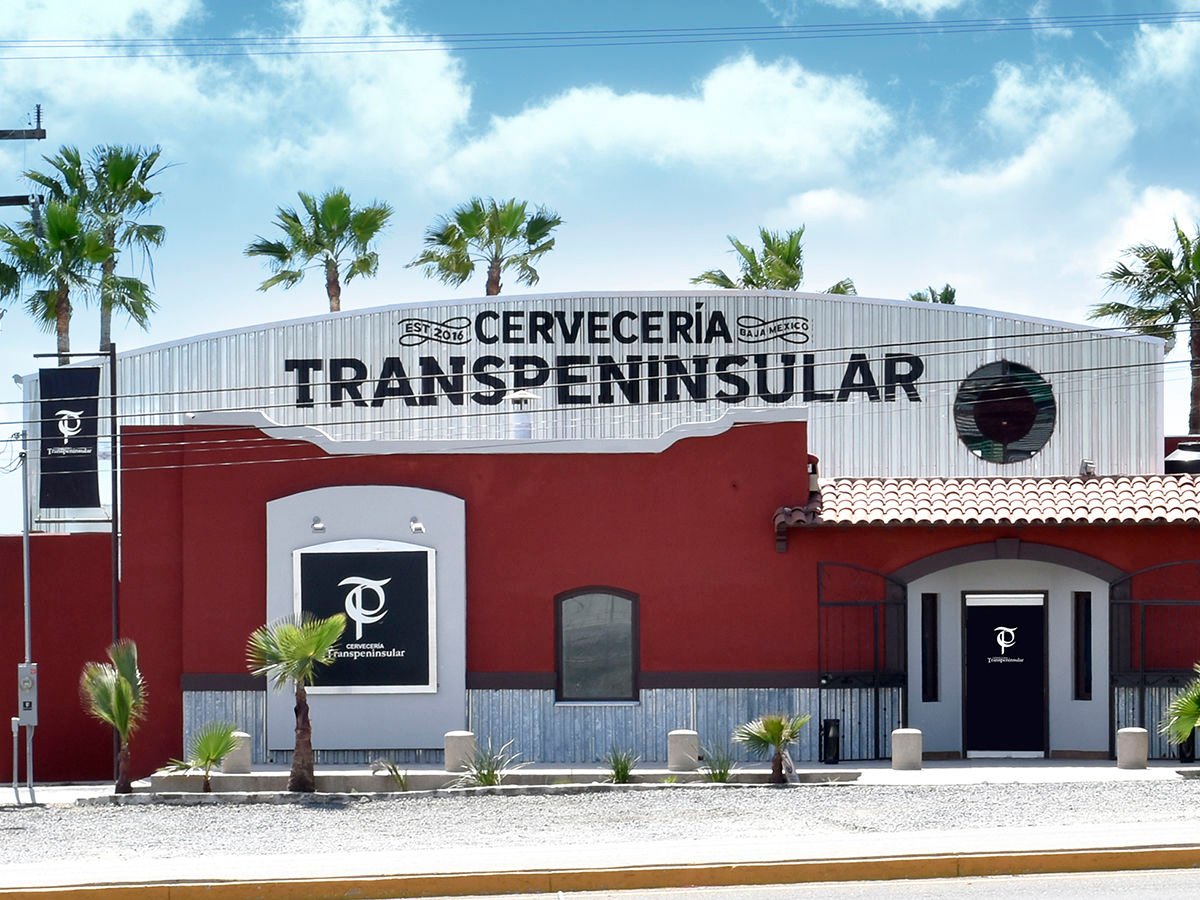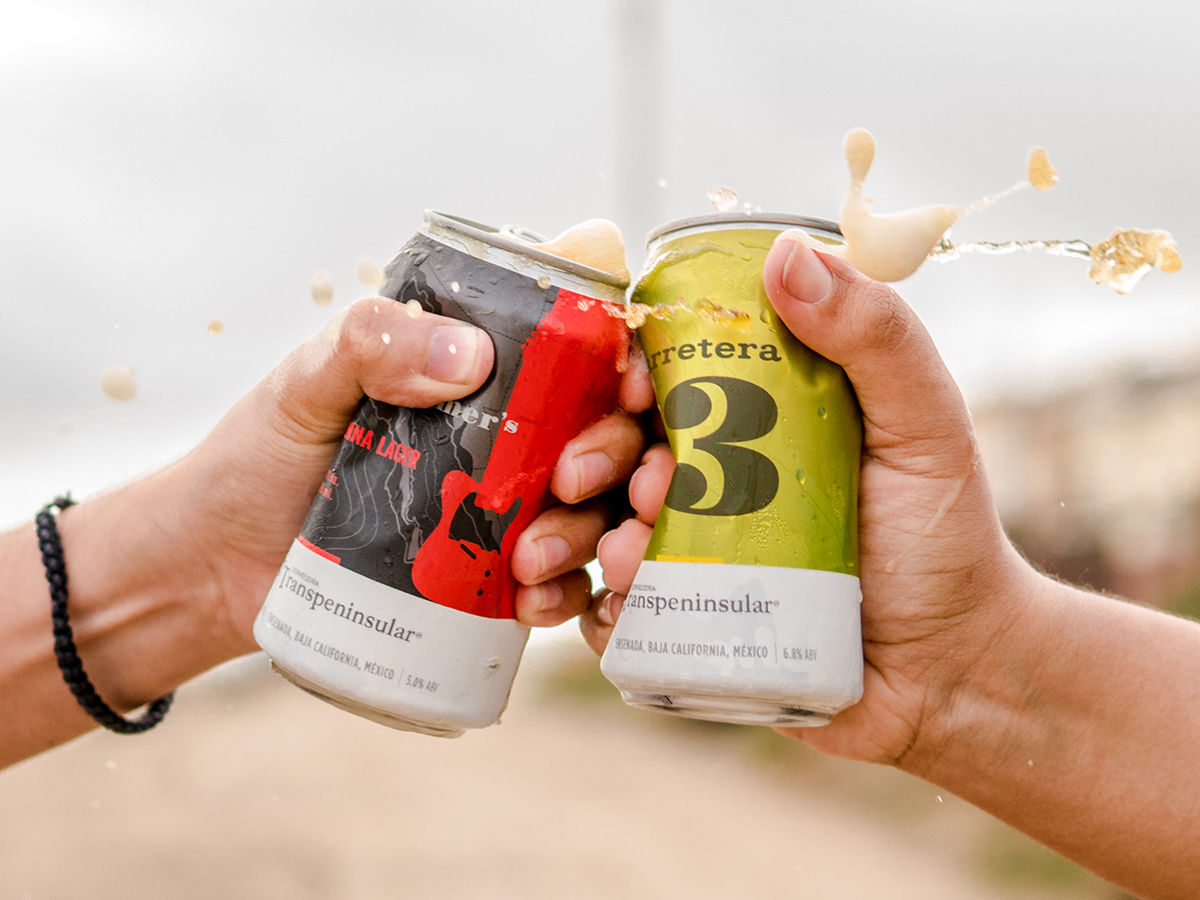Craft beer is booming in Baja California. What was once a grassroots network of passionate homebrewers clandestinely sharing their brews with family and friends has transformed into a multimillion-dollar industry representing nearly one-fifth of Mexico’s entire economic output of cerveza artesenal.
In October 2019, the Mexican Association of Beer Makers (ACERMEX), an organization similar to the United States’ Brewers Association, estimated the country would surpass 1,000 craft beer companies by the start of 2020, many of whom are based in the state of Baja California. But this persistent rise of beer businesses has been fraught with roadblocks, forcing scrappy entrepreneurs to fight tooth and nail to operate openly.
These obstacles range from a near-complete stranglehold of the market by Anheuser-Busch InBev–owned Grupo Modelo and Heineken-owned Cuauhtémoc Moctezuma to prohibitively expensive import taxes on ingredients. When asked what’s stifling Baja breweries’ growth, Collin Corrigan, a San Diego native and founder of Ensenada’s Cervecería Transpeninsular, just laughs. “Do you have a couple days to listen? I could go on for hours.”
But these challenges have done little to stem the tide of small, independently owned craft breweries opening across Baja California, especially in cities like Tijuana, Mexicali, and Ensenada. Early pioneers like Cervecería Insurgente and Wendlandt Cervecería helped spark the revolution with a hefty dose of influence from San Diego.
“If it wasn’t for our proximity [to San Diego], not only would we not have been exposed to all the beers that marked our career, creatively and technically, but we wouldn’t have access to the fresh and readily available ingredients,” says Ivan Morales, cofounder of Insurgente. “The community of brewers between both cities have done a very good job of working together.”
Arguably, San Diego’s biggest contribution to Baja’s burgeoning beer scene is exposing drinkers to super-hoppy beers like IPAs. Mexico’s best-selling beer has long been Corona from Grupo Modelo, which is also one of the top five most consumed beers in the world. Now, brewers hope these historically flaccid lagers will serve as a gateway to more adventurous brews. Other styles that have fallen out of fashion in the US, like robust porters and amber ales, are prevalent on Baja tap lists.
But as I, a pretty frequent drinker of San Diego craft beer, began to explore the Baja beer scenes in earnest, a few obvious differences unfurled. Quality is sporadic—an issue most brewers openly admit. More than once, a brewer has poured me a not-quite-right splash straight from the tanks with a shrug and a promise that they’ll tweak it the next time. Nothing’s undrinkable, but there’s a lot that wouldn’t fly in the US.
The biggest and more attractive difference is a feeling, a vibe, an excitement—that unspoiled naivete about collectively building something from the ground up and giving the big boys of beer the middle finger at the same time. Experimentation and innovation are encouraged, and while the results don’t always land, it’s intoxicating to witness. Baja brewers are unfettered by expectations (although with a decent amount of awards already earned, that’s sure to change). Still, it must be difficult to define oneself in the shadow of San Diego beer.

Cervecería Transpeninsular
“[Baja beer] is still trying to find its spot,” Corrigan says. “We have not established our own uniqueness.”
Morales is confident that not only will Baja get there, but they’re already there. “I think Baja will continue to be the bastion of craft beer in Mexico because of our openness and confluence of new ideas. Tijuana, in particular, is a sort of melting pot that has always allowed for an influx of different currents; it’s an ever-changing city that does a very good job of adapting to changing contexts.”
As beer quality increases and logistical barriers decrease, it’s likely that more breweries across Baja will open and garner further international recognition in competitions like the World Beer Cup. If the current course of pressure on the government to relax restrictions on independent breweries continues, the number of craft breweries exporting to the US and other countries will probably rise as well. But my one hope for the future of Baja beer isn’t “better” beer or more styles. It’s that they maintain that sense of camaraderie that we’ve somewhat lost under the weight of the crown. In that vein, long may Baja reign.

Baja Beer — Feature



















